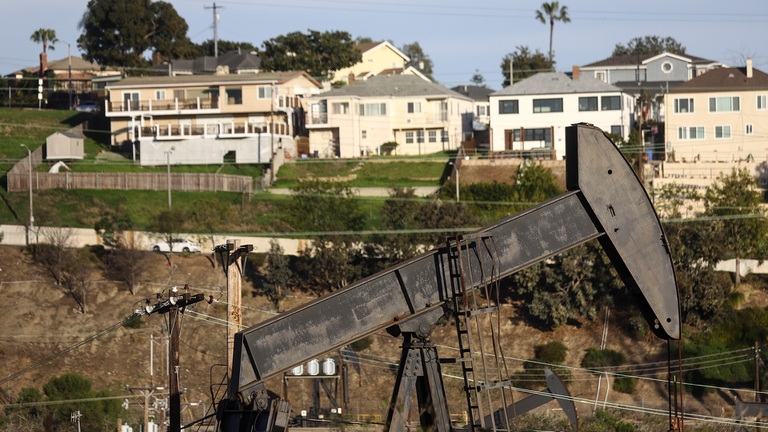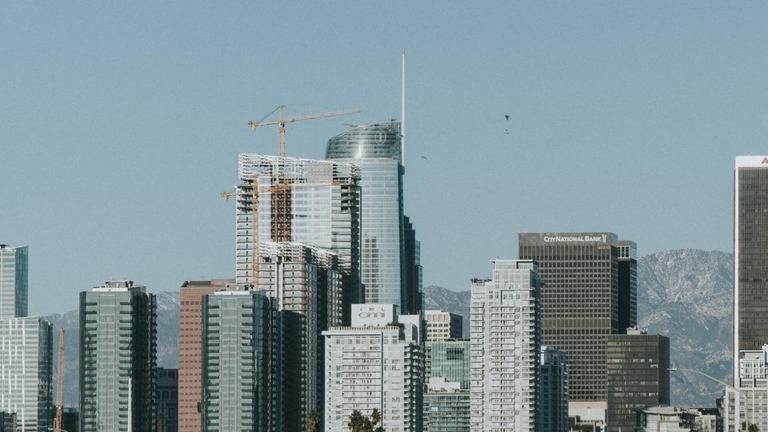
The biography of Martin Luther King Jr., the man who dedicated his life to the civil rights movement in the United States, including what his philosophy was, what he is famous for and how he changed the world.
The city of Los Angeles has banned the drilling of new fossil fuel wells, a decision that has been hailed as a victory for underprivileged communities.
A Los Angeles ban on oil and gas wells became a reality on Friday, 2 December 2022, when the local City Council voted unanimously to ban new oil and gas wells and phase out existing ones. This ban is a victory made possible by the work of frontline communities.
California as a whole has a long history of oil drilling. It was 1892 when the first oil well was drilled in Los Angeles in the Echo Park neighbourhood in the east-central part of the city. About 40 years later, this U.S. state produced about one-quarter of the world’s oil output. These days California is one of the five U.S. states, along with Texas, Ohio, Oklahoma, and Pennsylvania, where one million or more people live within 1,600 meters of a well.
Communities of colour face disproportionately high exposure to oil and gas wells due to racist housing policies. A 2022 study researching historic redlining in the United States has found that neighbourhoods with worse HOLC grades were associated with exposure to successively more wells located inside or nearby the neighbourhood limits. According to this study, Los Angeles had the most wells within 100 m of the boundaries of HOLC-graded neighbourhoods.
Oil reservoirs are found below the surface of land and oceans, where thermogenic breakdown transformed organic material, such as dead algae and bacteria, into liquid hydrocarbons. As the oil is trapped in these sedimentary underground rock formations, it is extracted through drilling, which is part of the upstream phase of oil production. In 2018, The United States became the largest crude oil producer and kept this position through 2021.
With about 808,485 active oil wells in its continental landmass, an estimated 17.6 million U.S. residents live within 1,600 meters of an active oil extraction site, about 6 per cent of the conterminous U.S. population.
The heavy presence of oil wells takes its toll on public health in the US, with evidence suggesting impacts ranging from cancer and neurological symptoms to liver damage and immunodeficiency. These wells contaminate the air around them, emitting harmful pollution. A 14-year-long air quality analysis conducted by Stanford researchers in California and published in 2021 revealed higher levels of air pollutants within 2.5 miles of oil and gas wells.
Los Angeles’s ban on oil and gas wells came about three months after Senate Bill 1137 was signed into law on September 16, 2022. On August 31, 2022, Californian Senators voted 25-10 to advance SB 1137 (Gonzalez, Limon). This setback bill will prevent new permits for oil and gas drilling within a 1-kilometre comprehensive health and safety zone, creating buffer zones around places such as homes, schools, and parks from January 1, 2023.
This ordinance is a victory for frontline communities, for environmental justice, for cleaner air and our climate, and for the entire City’s health. However, it is also clear that this single ordinance will not fix the systemic racism that is embedded into our City’s laws.
STAND-L.A., an environmental justice coalition of community groups seeking to end neighbourhood drilling in Los Angeles, celebrated the ban as a victory for local communities but reminded us that there is still much work to be done to combat racial injustice in the Californian city.
Siamo anche su WhatsApp. Segui il canale ufficiale LifeGate per restare aggiornata, aggiornato sulle ultime notizie e sulle nostre attività.
![]()
Quest'opera è distribuita con Licenza Creative Commons Attribuzione - Non commerciale - Non opere derivate 4.0 Internazionale.
The biography of Martin Luther King Jr., the man who dedicated his life to the civil rights movement in the United States, including what his philosophy was, what he is famous for and how he changed the world.
The project is similar to New York’s famous High Line constructed on the railway that once connected the Meat Market to Midtown. But in the case of Seoullo 7017 in South Korea’s capital Seoul, a walkway has been constructed on an overpass dating back to 1970 where cars once sped along, and where today people can wander and enjoy the revitalised area. The Seoullo 7017
Damian Marley is transforming a prison into a marijuana plantation to give more than one hundred ex-prisoners a job.
A typical scene: you get out from work and take a bike from the station near Bryant Park, riding through New York City headed to a new bar for a chat with a friend. Or you need it just for 10 blocks at lunchtime to go and see a shop in Soho that just opened. Citi
Off the coasts of Hawaii, the President of the United States has quadrupled the area of the Papahanaumokuakea Marine National Monument, a protected marine reserve established by George W. Bush earlier in 2006. This is part of the legacy Obama wants to hand on his successor. The existing marine reserve will be expanded from 357,000 to
L’isola di Jean Charles, a causa dell’aumento dei livelli del mare, è ormai quasi completamente inghiottita dalle acque. La piccola comunità che ci vive è costretta ad abbandonarla.
San Diego is a US city in Southern California, the last you come across before the border with Mexico. However, it’s likely to become the first – and the largest – US city to meet its 100 per cent renewable energy goal. The city council has recently signed unanimously the Climate Action Plan. The
A bicycle-powered community library in the streets of San Francisco to promote the passion for literature and willingness to learn and know. “Page by page, book by book, pedal by pedal” is the motto of the non-profit project Bibliobicicleta that started through successful fund-raising on Kickstarter. Thanks to the support of 117 donours, 2200 dollars were
Pierce Freelon is a US professor, journalist, and musician. Graduate in African Studies, he is founder of Blackademics – online community made of coloured young people debating on racial events – and of the hip hop group The Beast. Such mix of musical passion and academic education led him to become Professor of Political Sciences and









